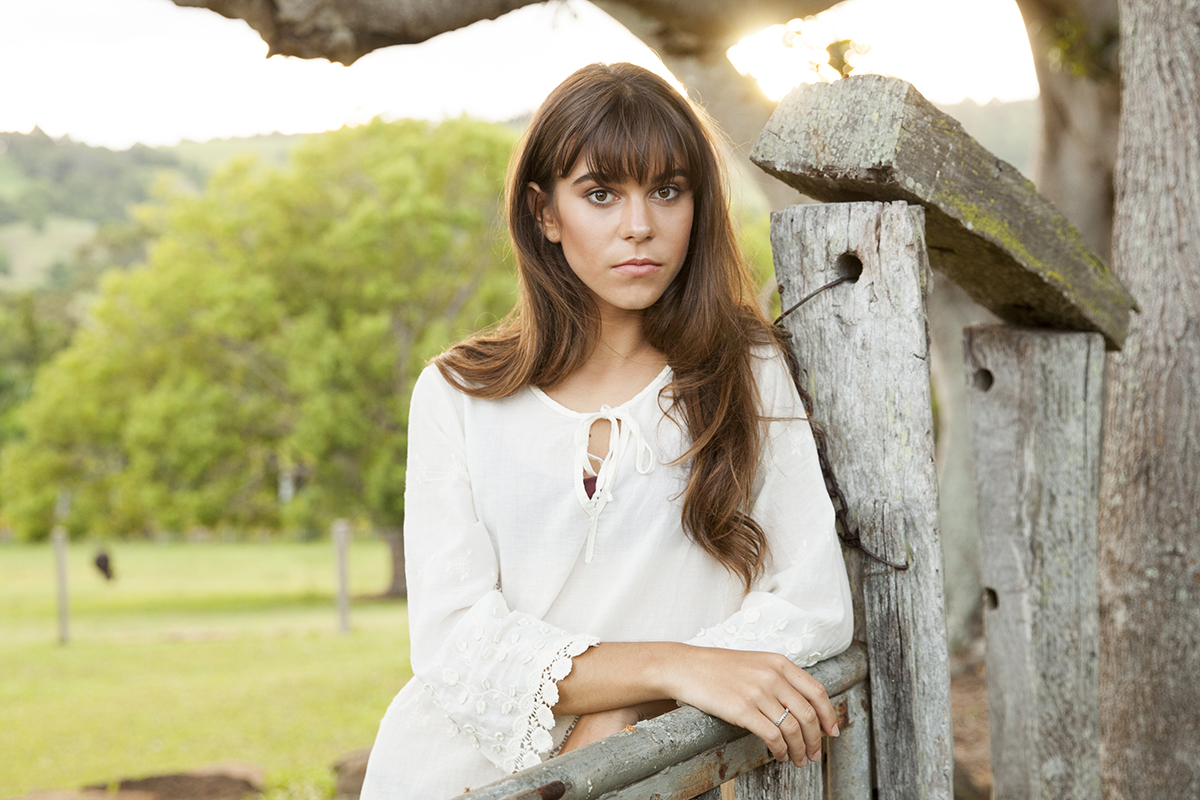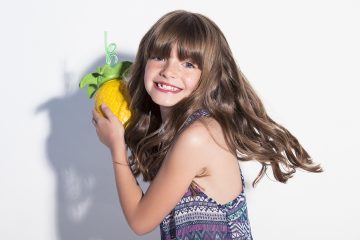The Beginner's Overview to Product Photography
If a image deserves a thousand words, a magnificent product image deserves a thousand web site visits. Although I do not have data to back up that declaration (yet), product photography can be incredibly beneficial to your ecommerce site approach.
To reach your target audience members that like acquiring online, you also need to give your audience clear, attractive images of your products.
However product photography isn't as straightforward as aiming as well as firing. Also the most basic products require the correct devices, lights, as well as room to create lovely images that offer customers right from the purchase web page.
6 Product Photography Tips (and Instances) for Taking Photo That Offer
Right here are the pointers, examples, and products you'll require to successfully photograph as well as market your items in such a way that makes your visitors as well as potential customers want to transform.
1. Do not hesitate to utilize your mobile phone's video camera.
This is the component where I'm expected to convince you to invest in a premium, 50-megapixel (MP) video camera with a 100-millimeter screw-on lens. But I'm not mosting likely to do that.
If you already possess a camera that fits this description, benefit from it. However, for several sorts of products, it's completely appropriate to fire product images on a smart device.
More recent smart devices boast powerful cam lenses as well as setups that enable you to maximize your shots for the various sorts of light and also environments you might fire in.
If you require more persuading, just look into Apple's Shot On An iPhone campaign and also the photos that have resulted from it throughout the years such as this:
2. Shoot from a tripod for photo uniformity.
Prior to explaining tripods, I'm bound to start with a principal guideline: Don't prop your phone against something tough to aim your lens toward the subject.
It's simply also very easy for this makeshift setup to glide around during the shoot and cause inconsistencies in your pictures' look. If you rest your camera on, state, a pile of publications, simply make sure this arrangement doesn't alter over the course of the shoot.
There's no harm in holding your cam on your own when shooting simply a few product images for your ecommerce site. However as your organization expands, and also you take much more pictures of even more products, it can be challenging to systematize the product's positioning in each photo when shooting handheld.
To make certain consistency across your products, you'll require a tripod. And also fortunately, buying one isn't constantly the huge, industrial-sized financial investment it used to be.
Here are two sorts of tripods to consider.
Traditional vs. Adaptable

A versatile tripod can be adjusted in a number of means. You can flex its legs as well as put it on various surface areas to get the angle you require.
Mobile Grip
There's typically a screw on the top of your tripod which connects to your video camera to hold it in place. The bottom of a lot of professional-grade cams has a screw hole just for this purpose, yet mobile phones can utilize the adhering to adapter:
The adapter grasps the sides of your smartphone and can screw right into either type of tripod, enabling you to run the electronic camera manages with the phone screen facing exterior as well as toward you.
Once you determine which mount you'll need, set it up in front of your product, and think about putting 3 items of tape on the ground to mark where you want to maintain each leg of your tripod over the course of the shoot.
3. Choose all-natural light or artificial light.
Never ever take too lightly how certain kinds of light can improve (or impede) your product photography. Keep in mind, customers obtain the most effective check out an thing personally, where they can see every little thing they require to prior to acquiring. The appropriate lighting plan assists you disclose those important decision-making product features when all website visitors need to go on is a photo.
A solitary lighting configuration could not help every product-- a lighting arrangement that works for some items might compromise the appearance of others.
There are 2 types of light you can choose as your major light: all-natural and also fabricated light.
All-natural Light
All-natural light refers to sunshine-- straightforward as that. It's also called "soft light" because the sun casts a larger, softer series of light than, say, a light shining directly on the product. Ecommerce product shots thrive in natural light if:
The product is shot outside or suggested to be used outside.
The product is utilized by, worn on, or shot with a individual (people tend to look much better in all-natural light).You're trying to highlight the product's environments, instead of specific features of the product.
Right here's an instance of a shot utilizing all-natural light:
Synthetic Light
Synthetic light consists of candles, fire, and a lot more frequently, light bulbs. It's likewise described as " difficult light" since it creates a smaller sized but more concentrated light surface. This kind of light accommodates products with physical details that need to be highlighted to thrill an online buyer.
As a basic guideline, adhere to just one sort of light per photo-- all-natural or artificial. Adding all-natural light to an unnaturally lit photo can soften a product that's implied to look sharp, and also adding artificial light to a naturally lit photo can develop a product that's indicated to look soft. You do not wish to get in your very own means.
4. Fill up or jump your light to soften darkness.
Whether you use all-natural light or artificial light, you'll need to decrease the shadows that any type of possible hard light casts on the opposite end of a product.

Load Light
Include an additional, less-intense light source to supplement your major light. This added light is called your fill light and is used as a counterbalance to soften the all-natural shadow your main light creates behind an object.
To do this, put your fill light opposite your primary light so your product rests between both lights.
Flashbulb Bounce Card
A bounce card, or reflector card, is a small card that "reflects" or " jumps" the main light back onto the surface under your product to decrease darkness.
Some bounce http://landenrqcv051.cavandoragh.org/5-factors-specialist-product-photography-is-essential-for-your-brand-name cards connect to the flashbulb of a professional camera lens to diffuse the light from the electronic camera's flash. This card splashes a softer light onto the topic from above your collection-- rather than right at it-- so you do not have long shadows trail behind the things you're shooting.
Standalone Bounce Card
If you're shooting from a smart device, a flashbulb bounce card isn't an option, because you don't have a physical flash you can affix it to. Rather, make your own standalone bounce card placed opposite your main light source.
For novices to product photography, this bounce card can efficiently replace your fill light, which counters the tough light from the cam flash or lamp that's encountering toward the front of your product.
5. Use a sweep or portrait setting to highlight the product.
There isn't one right means to position your product, lights, and jump cards-- they can transform drastically depending upon your history. However do not select a background based upon what's most convenient to develop. Backgrounds should resemble just how you want your customers to view your product when watching it online.
Take into consideration initially whether you would certainly like a white background or a more dynamic, real-world history. There's an very easy means to achieve every one.
White History: Move
For white histories, it's not as simple as establishing a table versus white drywall. Even mobile phone video cameras can grab little imperfections on a white wall that you wouldn't notice with the naked eye. To catch a excellent white history without any corners or imperfections, make use of a move.
A sweep is a huge bendable sheet of paper, whose bottom work as the surface under your product and then curves up right into a white wall behind the product.
On cam, the sweep's contour is undetectable, highlighting essential product information and allowing the thing to possess all of a web site site visitor's interest.
Real-World History: Portrait Setting
Dynamic, real-world histories are extremely enticing when capturing items that have a specific usage or are being designed by a person-- as you saw in the picture of the briefcase earlier in this guide.

Provide your product depth and also Click here to find out more focus with picture mode, a image setup on many specialist video cameras, and also available on lots of new smartphones. This setting obscures the history so the context of the product is clear however not completing versus the product itself.
Below is a incredibly incredible photo of a HubSpot pen taken in portrait mode on a Google Pixel 2 (I took this picture myself). You can inform the pen sits on a workdesk with a computer behind it, yet the pen is still the prime focus for audiences:
6. Shoot a selection of pictures.
My last ecommerce photography pointer to you is to not quit at one photo per product. Just as your customers look, hold, utilize, and also try on merchandise in a shop, your website needs to fire a range of images to simulate this extremely experience.
If you're firing apparel, for instance, catch the garment of clothes alone-- that is, expanded on a white surface area-- in addition to on a mannequin whose shade contrasts the shade of the product.
After that, for added pictures, have the apparel modeled on a individual, enabling you to take pictures of the product from the person's various presents and angles.
Product Photography Set Up
Next off, let's summarize what we just got-- here's a checklist of fast product photography set-up pointers that you can refer to as well as share on your team:
• Pick a cam-- whether that suggests utilizing your smartphone.
• Obtain a tripod that benefits your camera of choice.• Choose all-natural or artificial illumination-- consider which choice is best for your product and atmosphere.
• Determine whether you'll fill or jump light.• Select move or portrait setting.
• Take a number of various images to supply your visitors variety.
Get going With Your Product Photography
Do not really feel required to invest in every pointer and also tool simultaneously. Apply these product photography ideas progressively to see what makes your store look one of the most nice, and transform your strategy as your photography chops improve.